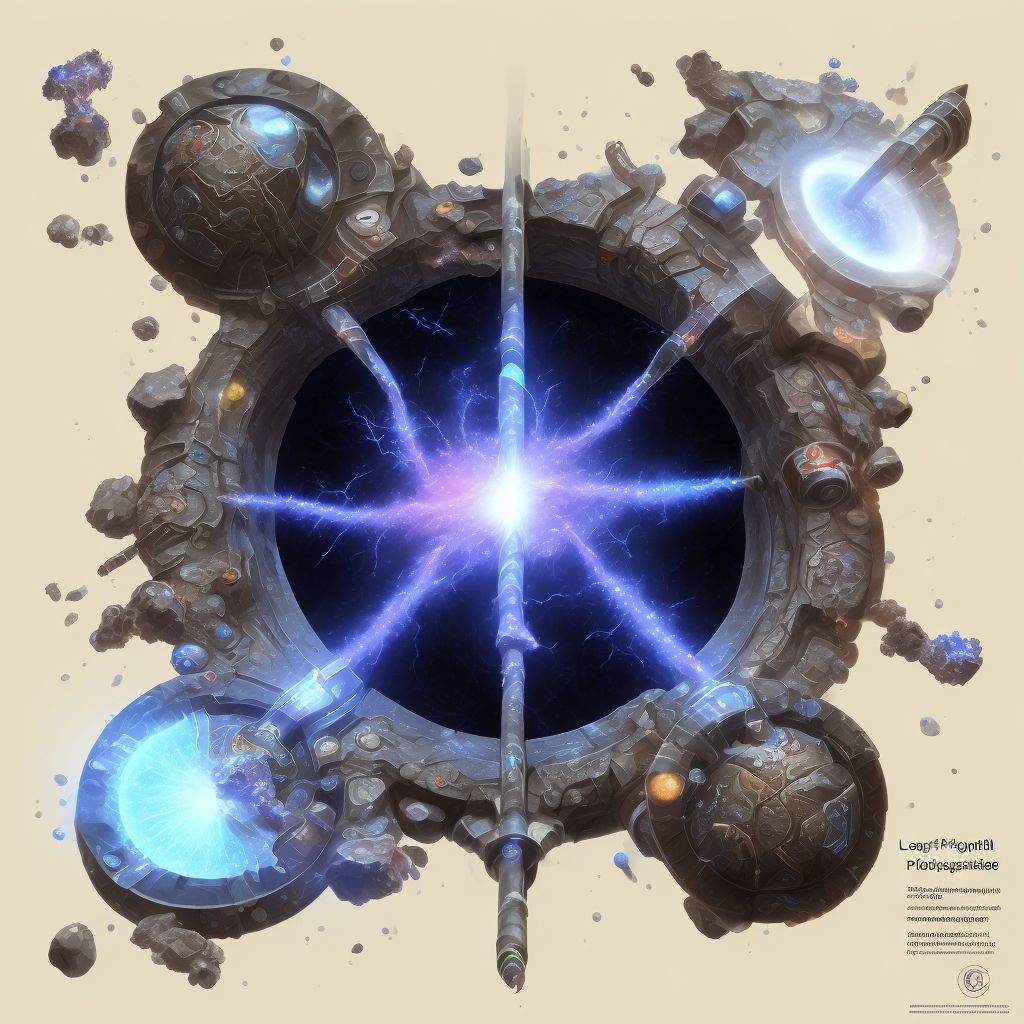
Nondisplaced spiral fracture of shaft of left fibula, subsequent encounter for open fracture type I or II with routine healing Save
ICD-10 code: S82.445E
Disease category: S82.445: Nondisplaced spiral fracture of shaft of left fibula
Nondisplaced Spiral Fracture of the Shaft of the Left Fibula: Understanding Subsequent Encounter for Open Fracture Type I or II with Routine Healing
When it comes to bone injuries, one specific type that can occur is a nondisplaced spiral fracture of the shaft of the left fibula. This injury is characterized by a fracture that occurs along the length of the fibula bone, creating a spiral-shaped break. In some cases, this fracture can lead to an open fracture, which means the broken bone penetrates the skin. This article explores the subsequent encounter for open fracture type I or II with routine healing without delving into treatment options.
1. Understanding Nondisplaced Spiral Fractures: A nondisplaced spiral fracture of the shaft of the left fibula is a type of fracture that occurs due to excessive twisting or rotational forces applied to the bone. It usually results from sports activities, falls, or accidents. Unlike displaced fractures, a nondisplaced fracture means the bone fragments remain aligned without significant displacement.
2. Open Fracture Type I or II: In some cases, a nondisplaced spiral fracture can become an open fracture. An open fracture occurs when the broken bone pierces the skin, leaving it exposed to the external environment. Open fractures are classified into different types depending on the severity of soft tissue damage. Type I or II open fractures are considered less severe, with limited soft tissue injury and minimal contamination.
3. Subsequent Encounter: A subsequent encounter refers to a patient's visit to a healthcare provider after the initial diagnosis and treatment of an injury. In the case of a nondisplaced spiral fracture of the left fibula with routine healing, the subsequent encounter focuses on monitoring the progress of the healing process. During this phase, the healthcare provider assesses the patient's bone alignment, reviews X-rays, and ensures that the bone is healing properly.
- Periodic Check-ups: Patients with this injury will have regular check-up appointments to assess their healing progress. These appointments usually involve physical examinations, X-rays, and discussions regarding any pain or discomfort the patient may be experiencing.
- Monitoring Bone Alignment: The healthcare provider closely monitors the alignment of the fibula bone. Any signs of displacement or misalignment might require further intervention.
- Evaluating Healing Progress: Through X-rays and other diagnostic tools, the healthcare provider assesses the healing progress of the fracture. Routine healing involves the formation of a callus and gradual bone remodeling over time.
In conclusion, a subsequent encounter for an open fracture type I or II with routine healing of a nondisplaced spiral fracture of the shaft of the left fibula involves monitoring the healing progress and ensuring proper bone alignment.
Treatment of Nondisplaced spiral fracture of shaft of left fibula, subsequent encounter for open fracture type I or II with routine healing:
Treatment Options for Nondisplaced Spiral Fracture of the Shaft of Left Fibula, Subsequent Encounter for Open Fracture Type I or II with Routine Healing
A nondisplaced spiral fracture of the shaft of the left fibula can be a painful injury that requires proper treatment to ensure optimal healing. In cases where the fracture has healed routinely, there are several treatment options ...
To see full information about treatment please Sign up or Log in